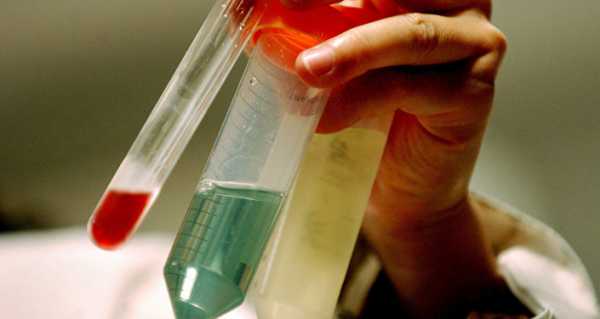
Scientists at the National University of Science and Technology MISiS (NUST MISiS), together with Russian and German colleagues, have discovered new properties of magnetite-gold nanohybrids.
The authors of the fundamental study believe that their findings may potentially help diagnose and treat cancer. The study results were published in the scientific publication Journal of Materials Chemistry B.
Nanohybrid properties make it possible to use them in targeted drug delivery to certain types of cells, as well as in diagnosing tumours, for example, using magnetic resonance imaging.
The scientists have conducted a detailed study of the formation mechanism for dimeric magnetic magnetite-gold nanoparticles. According to the authors of the study, their findings make it possible to control the nanoparticles’ size and shape due to the ability to control the paramters of a chemical reaction.
The researchers said they have looked at the origin, growth, and faceting of magnetite-gold nanohybrids by taking liquid samples from the reaction mixture during synthesis.
During synthesis, primary gold nuclei appear as a result of a reaction at temperatures below 220°C, followed by magnetite nucleation on the surface of gold nanocrystals, which is observed at temperatures ranging from 240 to 280°C.
The authors of the study pointed out that there has never been such a detailed scientific analysis of the properties of obtaining dimeric nanoparticles before. The study used X-ray phase analysis, transmission electron microscopy, and vibrating sample magnetometry.
The work is fundamental. The results obtained can help optimise dimeric nanoparticle synthesis, which will facilitate their manufacturing application, and simplify the scaling process.
The study also involved scientists from Lomonosov Moscow State University, the Mendeleev University of Chemical Technology, and Pirogov Russian National Research Medical University.
Sourse: sputniknews.com






